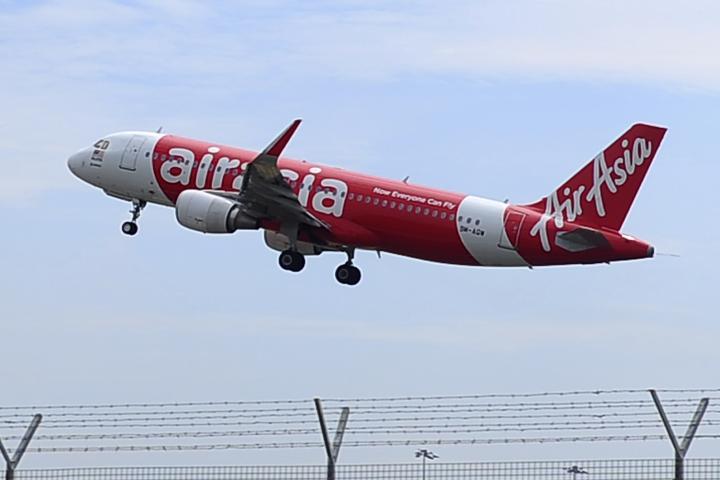The plane’s disappearance and suspected crash caps an astonishingly tragic year for air travel in Southeast Asia, and Malaysia in particular. Malaysia-based AirAsia’s loss comes on top of the still-unexplained disappearance of Malaysia Airlines Flight 370 in March with 239 people aboard, and the downing of Malaysia Airlines Flight 17 in July over Ukraine, which killed all 298 passengers and crew.
“Until today, we have never lost a life,” AirAsia group CEO Tony Fernandes, who founded the low-cost carrier in 2001, told reporters in Jakarta airport.
“But I think that any airline CEO who says he can guarantee that his airline is 100 percent safe, is not accurate.”
He refused to address compensation issues or any changes that may be made to the airline as a result of this incident.
“We have carried 220 million people up to this point,” he said. “Of course, there’s going to be some reaction, but we are confident in our ability to fly people, and we’ll continue to be strong and continue to carry people who never could fly before.”
“We will go through this terrible ordeal together,” he told his staff via Twitter hours after Flight 8501 disappeared Sunday.
“Be strong,” he said in another message.
“Continue to be the best. Pray hard.”
Nearly all the passengers and crew are Indonesians, who are frequent visitors to Singapore, particularly on holidays.
The lost aircraft had last undergone scheduled maintenance on Nov. 16, according to AirAsia.
The airline has dominated budget travel in Southeast Asia for years, connecting the region’s large cities with short routes. It highlights its low fares with the slogan, “Now everyone can fly.”
Flight 8501 took off Sunday morning from Surabaya, Indonesia’s second-largest city, and was about halfway to Singapore when it vanished from radar. The jet had been airborne for about 42 minutes.
The plane had an Indonesian captain, Iryanto, who uses one name, and a French co-pilot, five cabin crew members and 155 passengers, including 16 children and one infant, the airline said in a statement. Among the passengers were three South Koreans, a Malaysian, a British national and his 2-year-old Singaporean daughter. The rest were Indonesians.
AirAsia said the captain had more than 20,000 flying hours, of which 6,100 were with AirAsia on the Airbus 320. The first officer had 2,275 flying hours.
